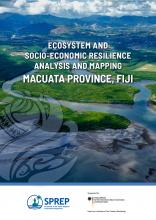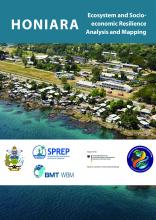Large scale eradication of non-native invasive American mink (Neovison vison) from Outer Hebrides of Scotland

Island and Ocean Ecosystems
Available Online
Maclennan, D.
,
Macleod, I.A.
,
Raynor, R.
,
Thompson, D.B.A.
,
Whitaker, S.
2019
The Hebridean Mink Project was tasked with eradicating American mink (Neovison vison) from the Outer Hebrides, an extensive, complex island archipelago, amounting to 3,050 km2. Hundreds of islands contribute to a coastline of approximately 2,500 km, 15% of Scotlands total. The geographical complexity continues inland with over 7,500 freshwater lochs, ~24% of Scotlands total, which enables invasive American mink, in suitable habitats, to reach densities seldom encountered elsewhere. With major funding from the EU LIFE programme, removal from the Uists began in 2001. By 2006 eradication was declared there, as no captures had occurred for 16 months. In 2007 the project extended into Harris and Lewis, adopting a systematic network of live capture traps (7,039 spaced at 450500 m intervals utilising prominent features of the riparian network and coastline). The traps were checked in rotation until at least a 95% reduction in population had been achieved. An incremental, strategic change from systematic trapping to detection; by means of footprint monitoring, cameras and dog searching, followed by responsive trapping then occurred from 2011 onwards. By 2013 a lethal monitoring system utilising kill traps was employed alongside remote alert systems which allowed the project to remove the remaining population of mink from Lewis and Harris, with a reduced sta? resource, and increase the trap night total to in excess of 500,000. To date, 2,198 mink have been caught, but only two non-breeding females and associated males have been caught in Lewis and Harris in the last 18 months (no juveniles captured). The challenges of geographical scale, terrain, climatic conditions and a continuously reducing sta? complement have required an adaptive management approach to achieve the project goal of a mink-free Outer Hebrides that bene?ts ground nesting birds and migratory ?sheries. This is viewed as a highly e?ective eradication project, and lessons learnt can be put into place for other ambitious control programmes.




